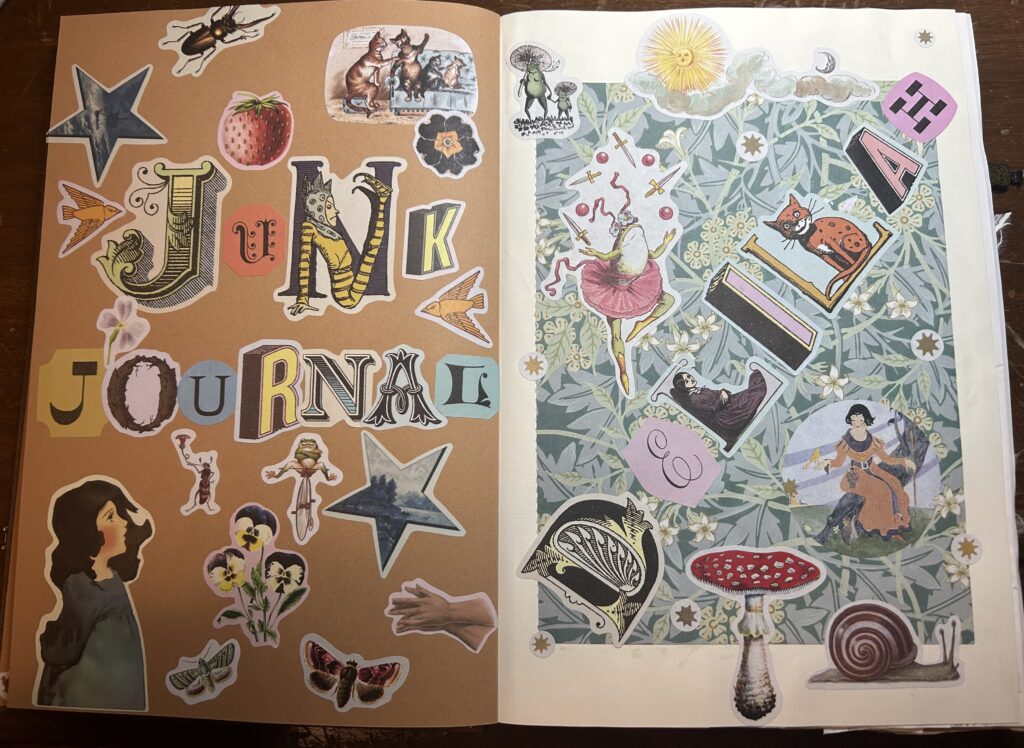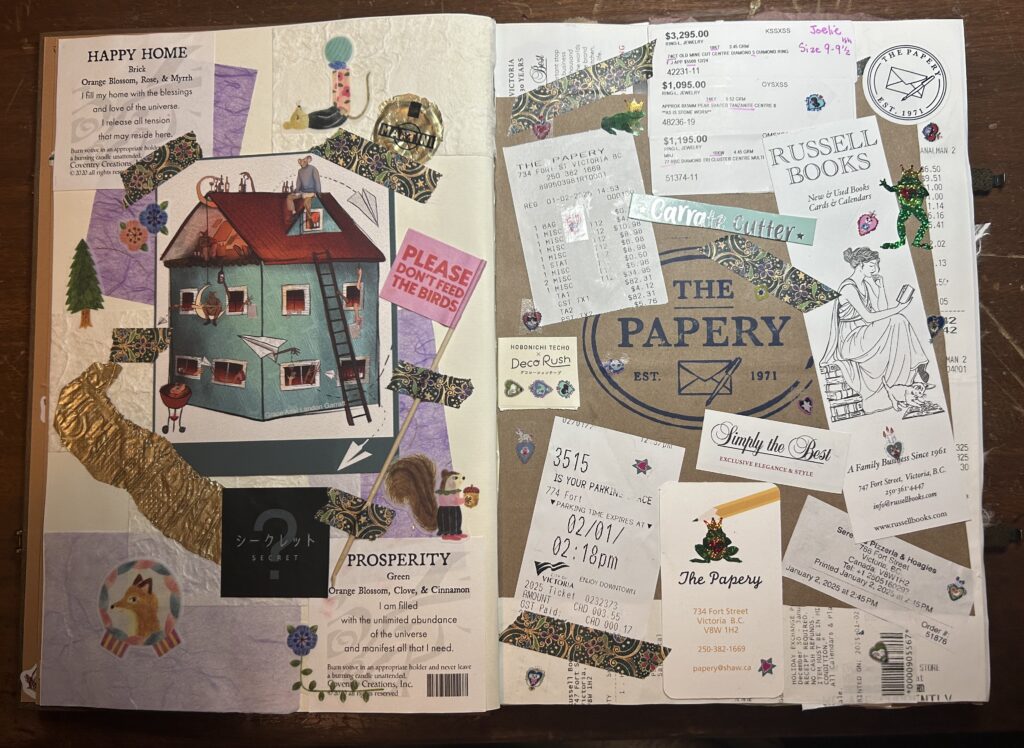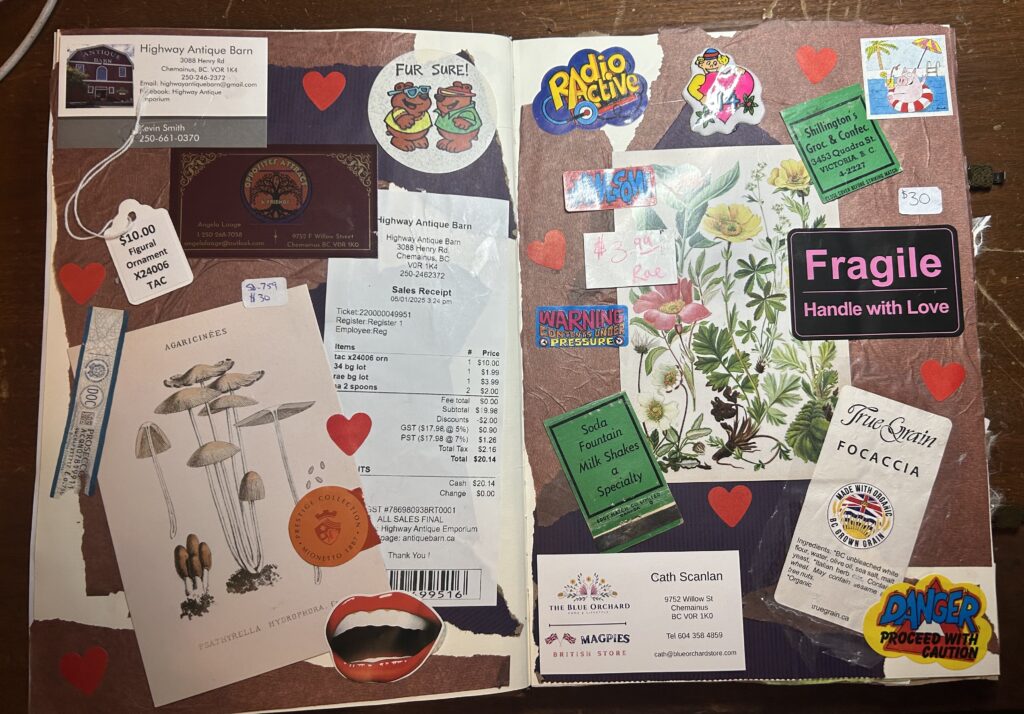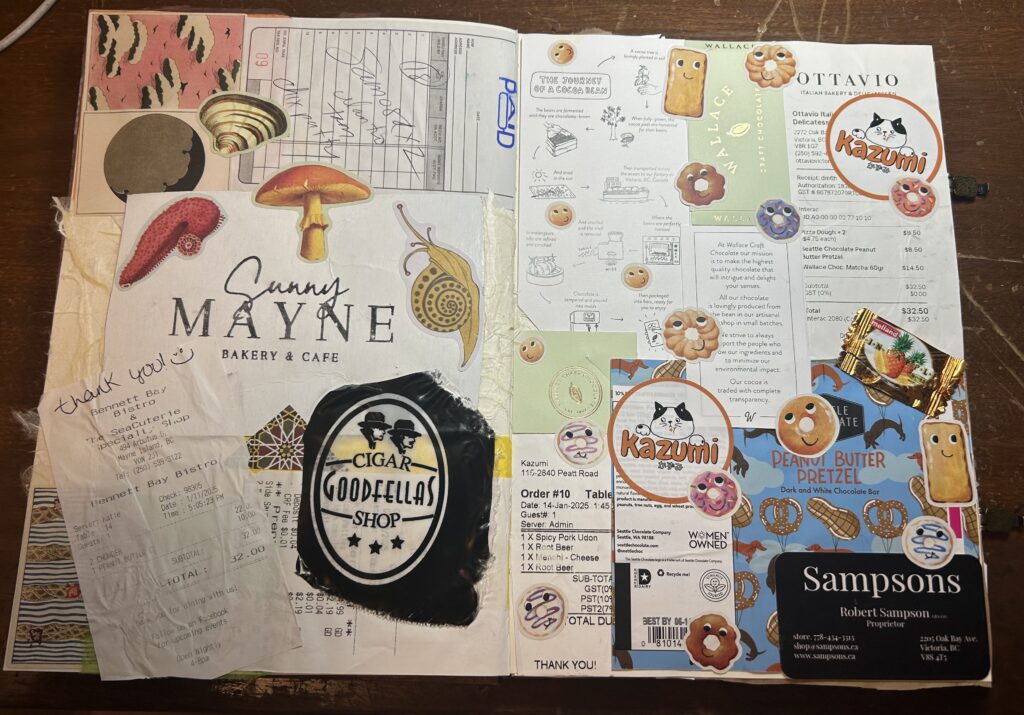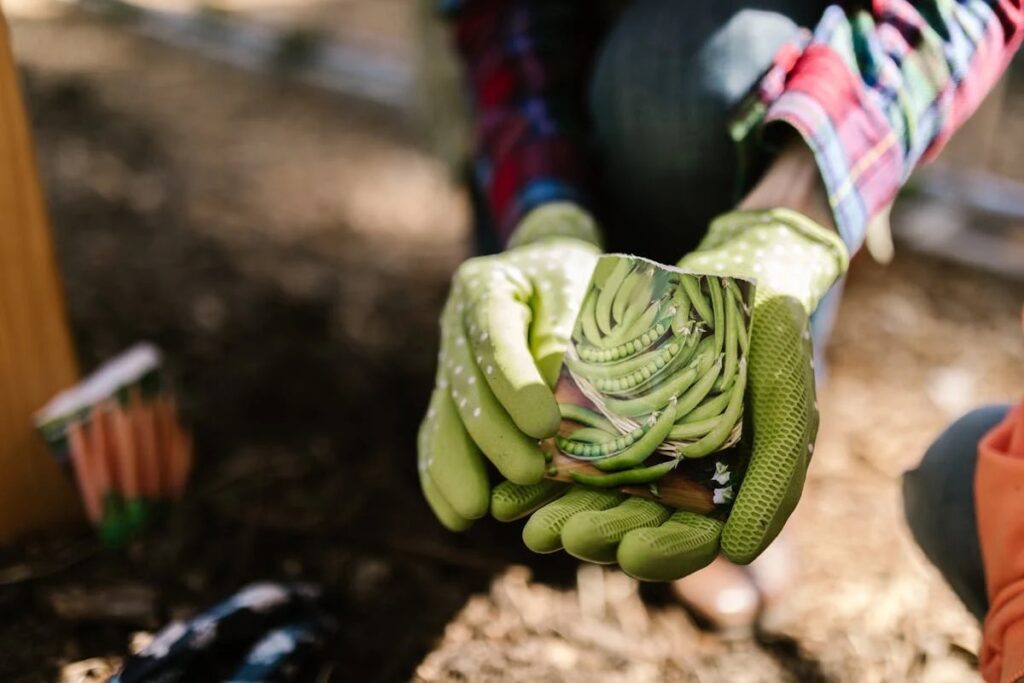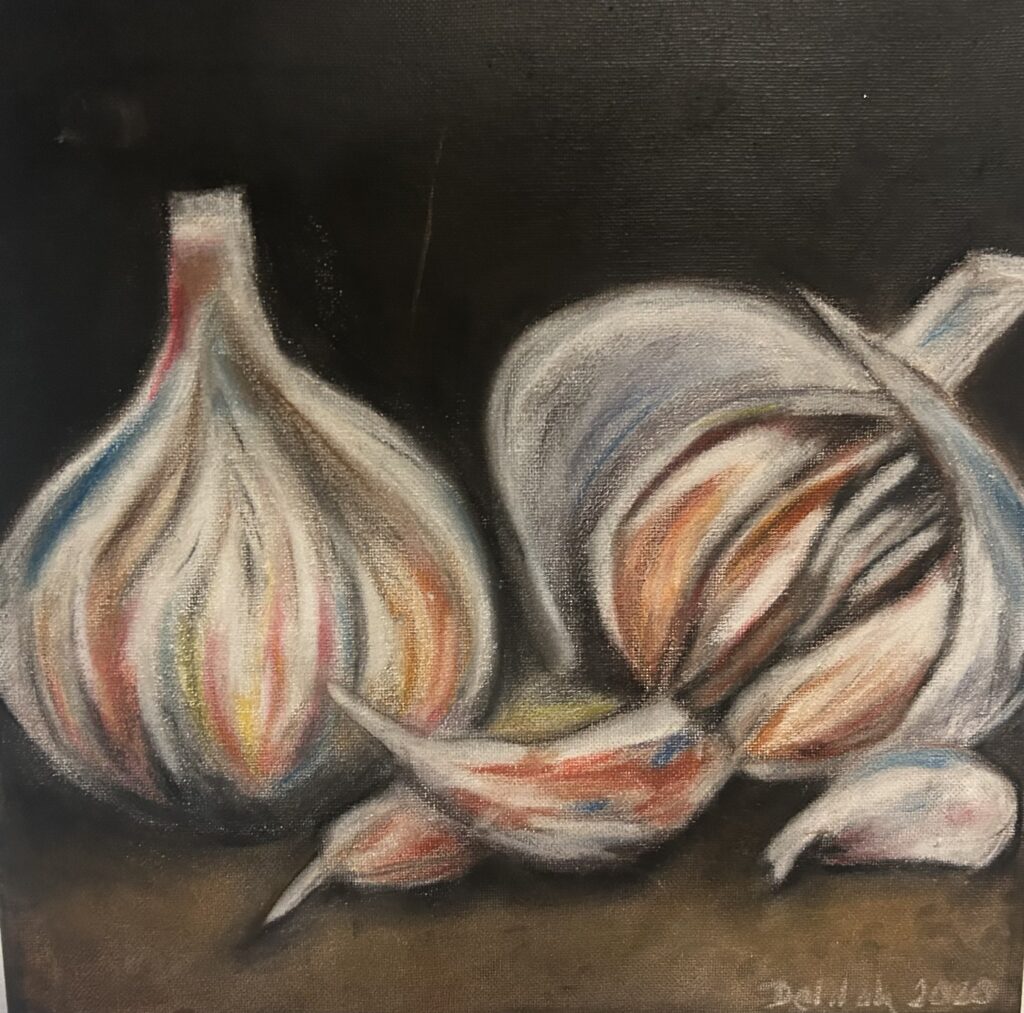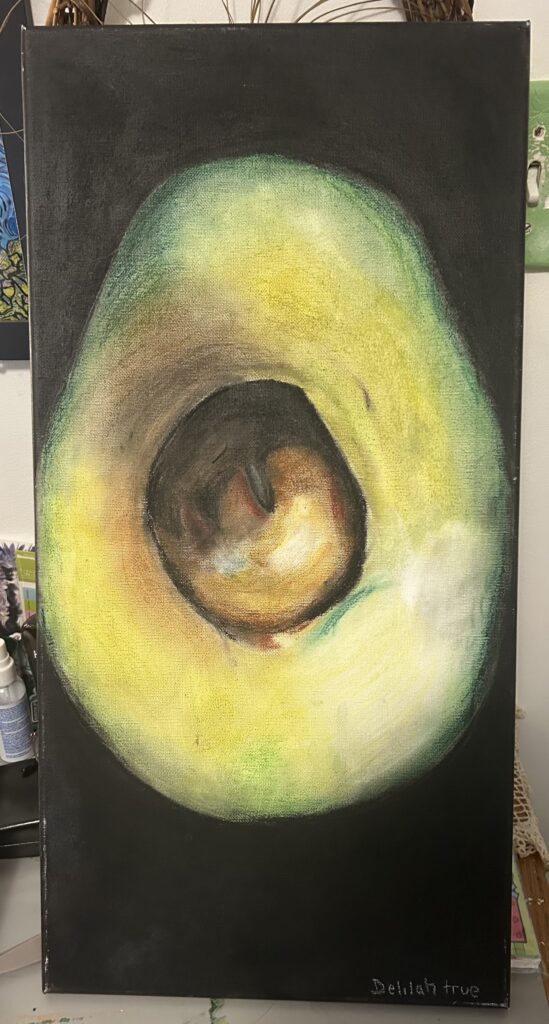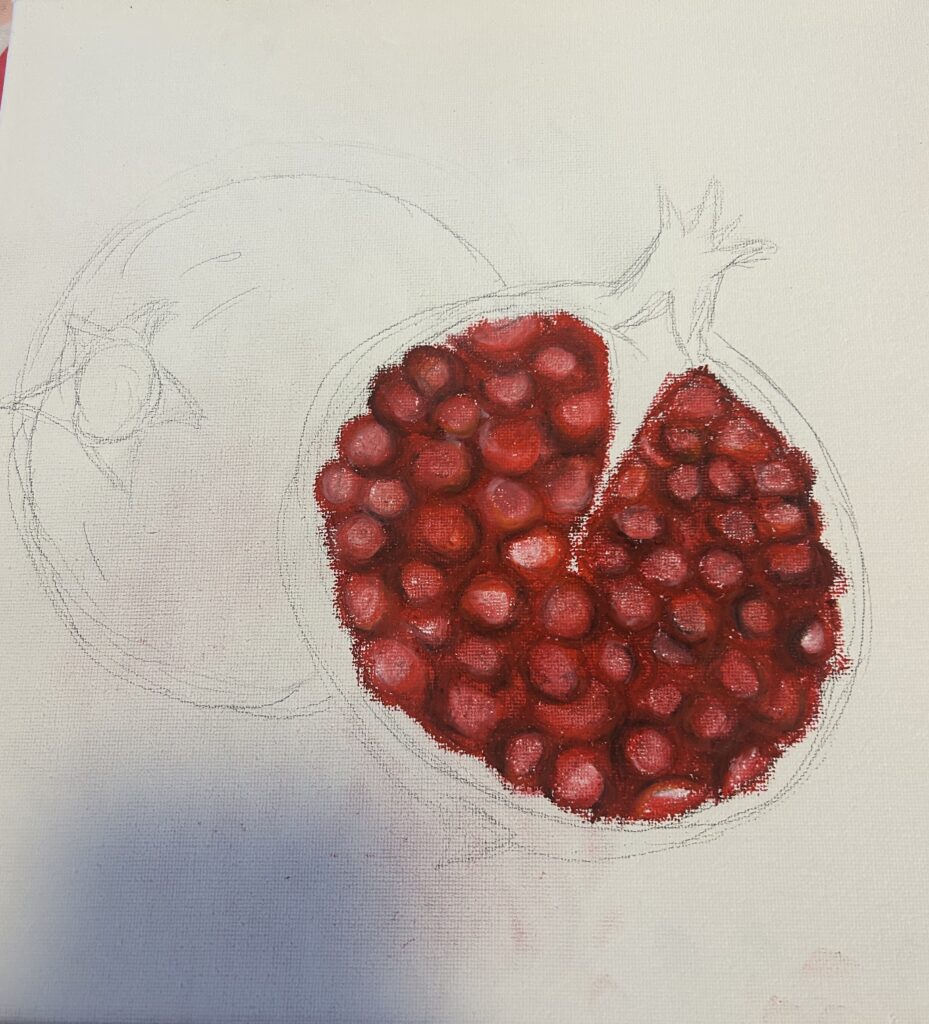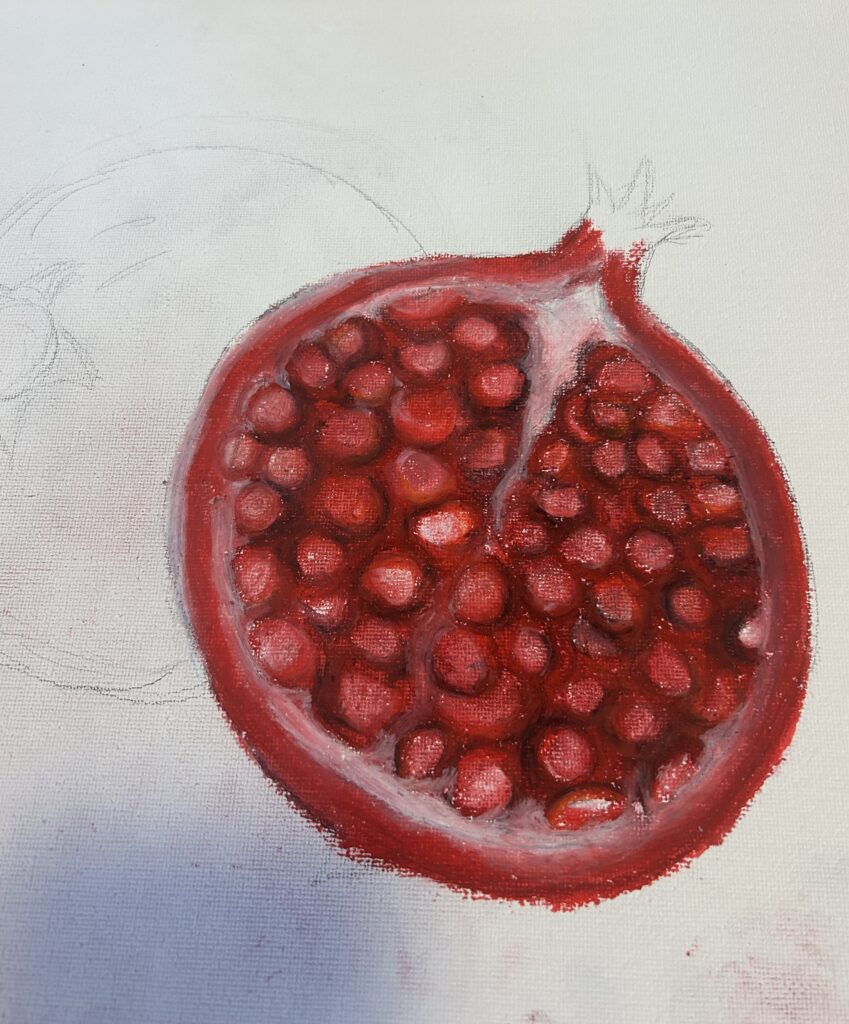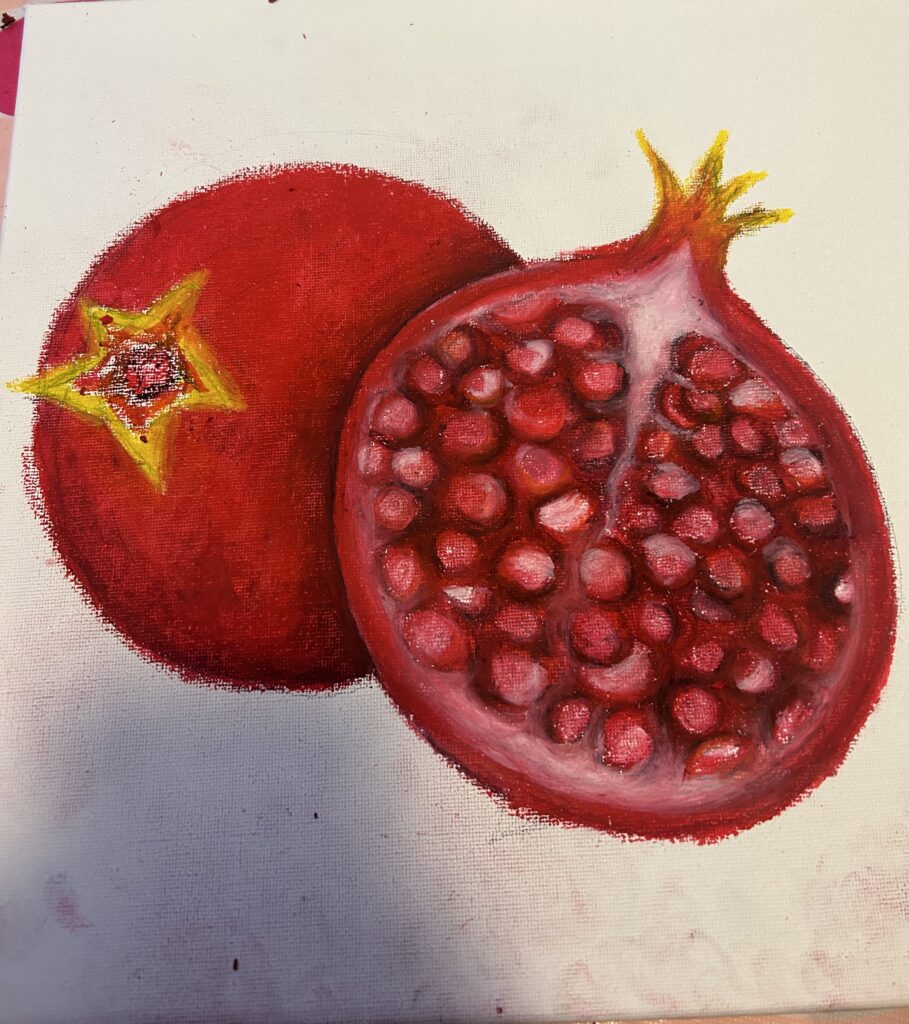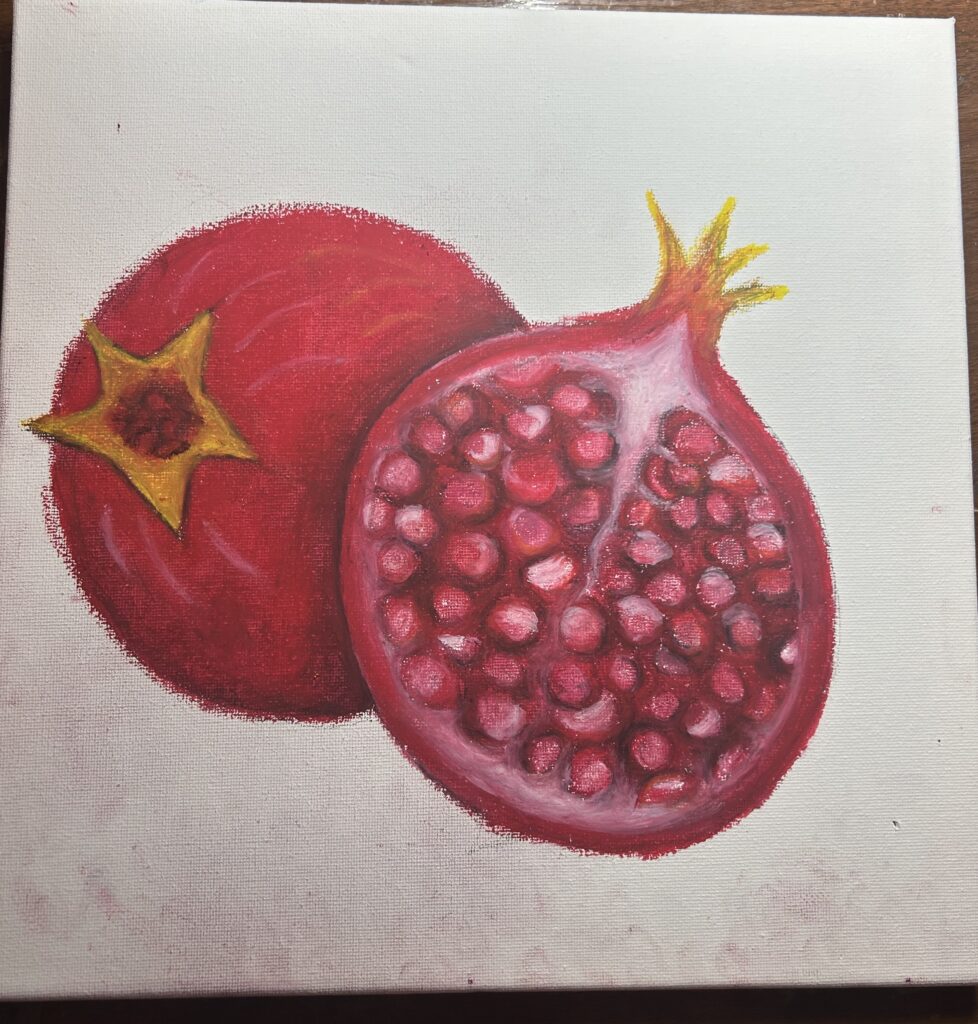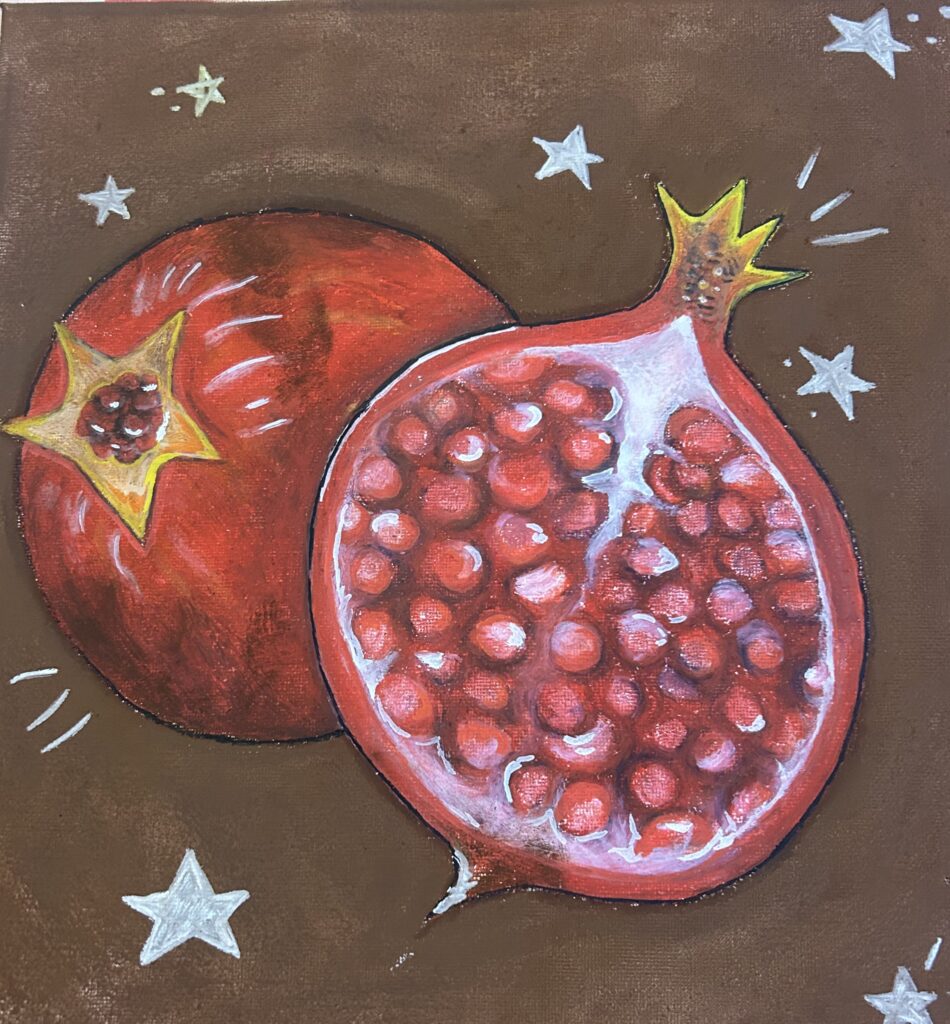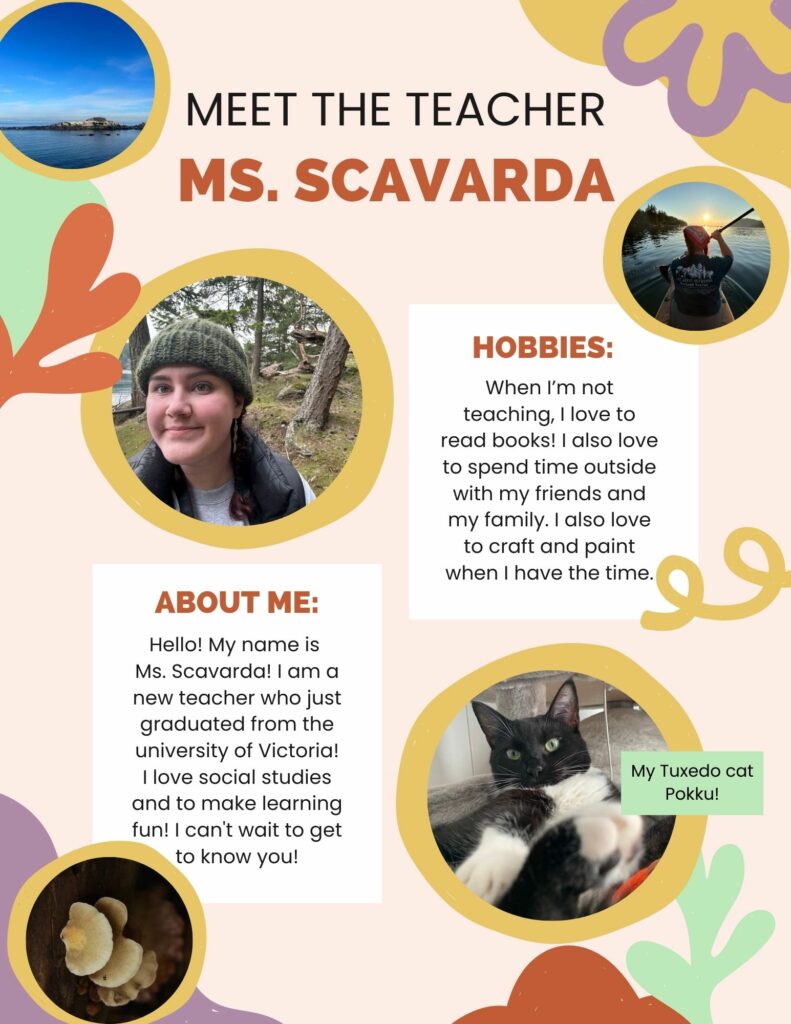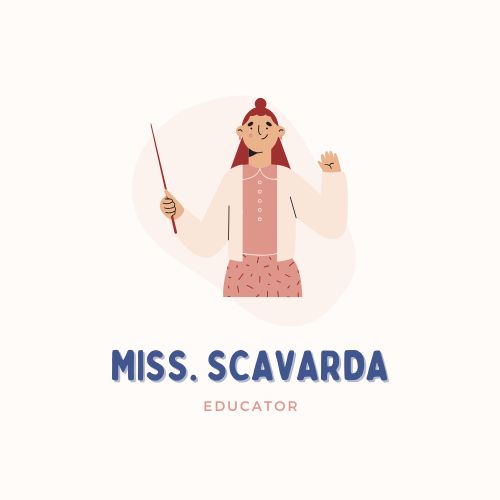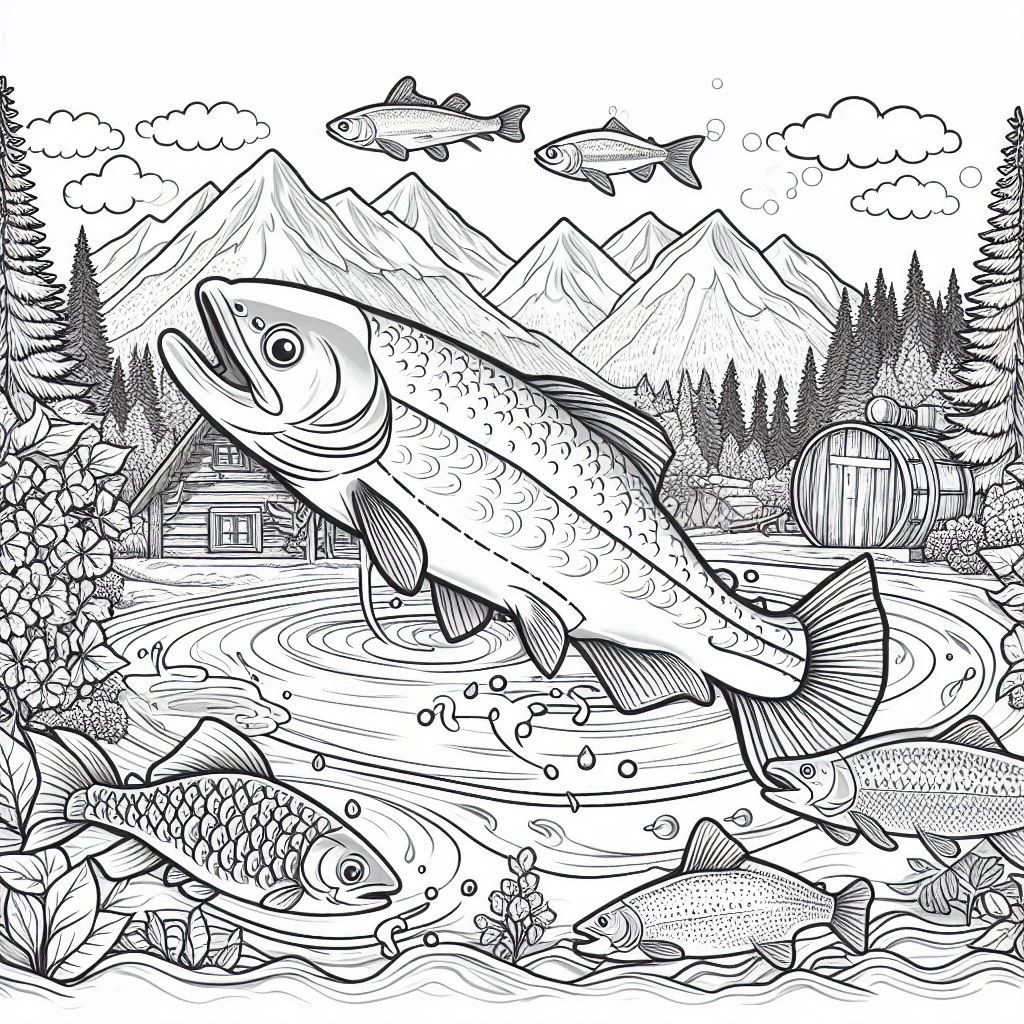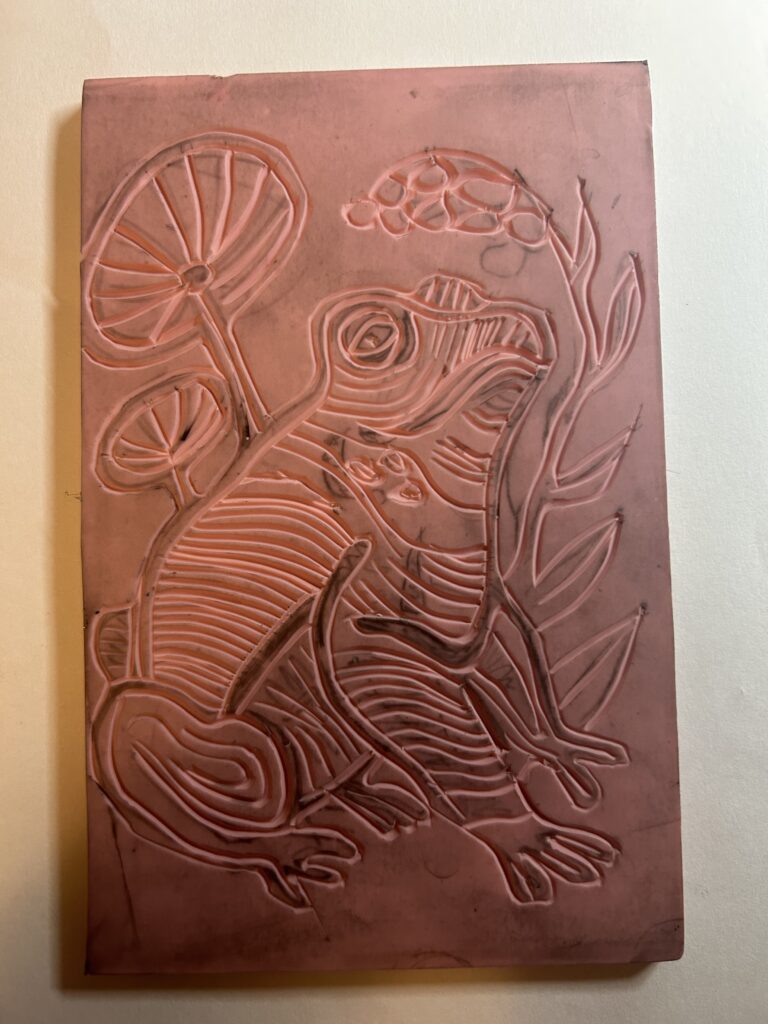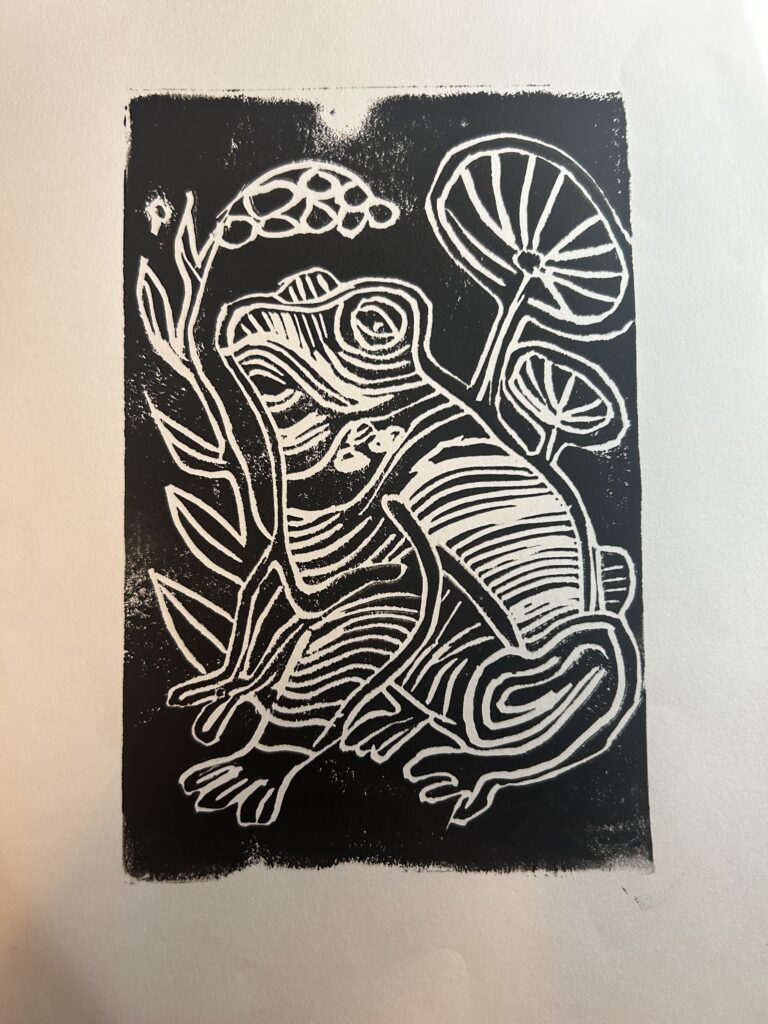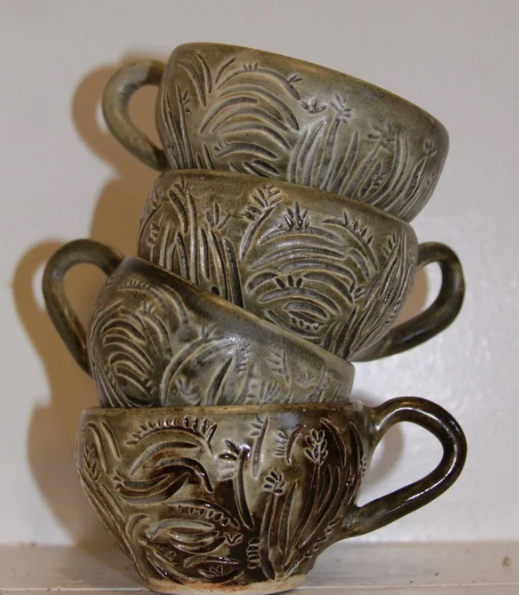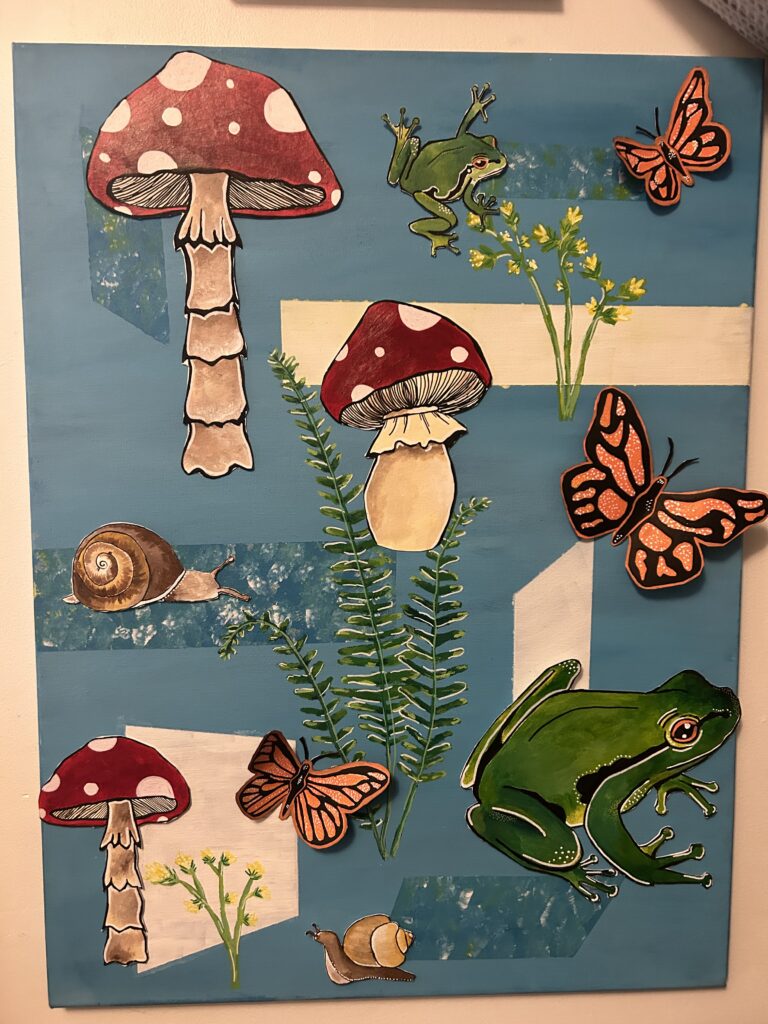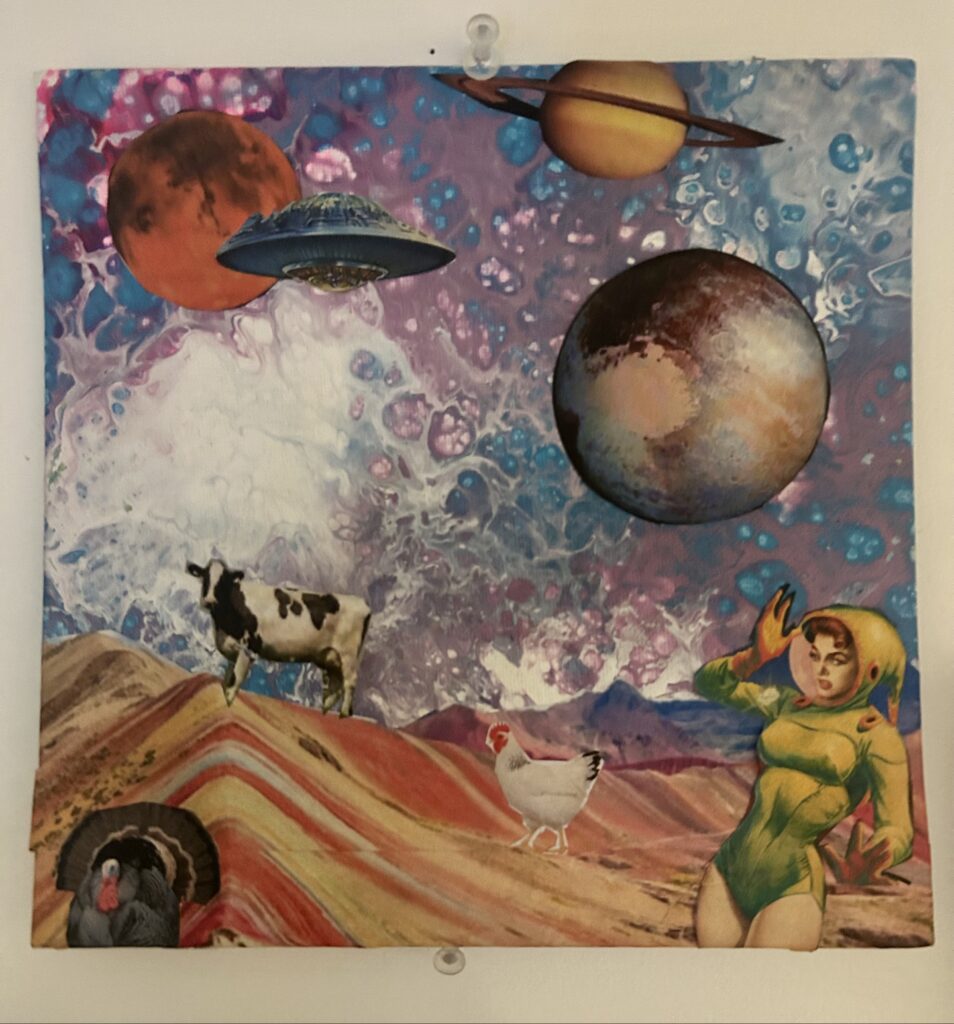Over the past few weeks, I’ve been immersing myself in junk journaling, creating collages with materials gathered from my daily life!
What is Junk journaling?
Junk journaling is a creative and expressive way to capture memories, thoughts, and inspiration by repurposing everyday items. Blending elements of scrapbooking, journaling, and collage, it transforms found objects into unique and deeply personal pages.
Materials Used in Junk Journaling:
- Paper Scraps – Old book pages, magazine clippings, newspaper, wrapping paper, and maps.
- Ephemera – Tickets, postcards, receipts, letters, and tags.
- Fabric & Textiles – Scraps of fabric, lace, ribbon, or pressed flowers.
- Writing Tools – Pens, markers, stamps, stickers, and washi tape.
- Adhesives – Glue sticks, double-sided tape, and Mod Podge.
Steps for Junk Journaling:
- Collect Materials – Gather interesting paper, notes, or textures from your daily life.
- Choose a Theme – Decide on a mood, memory, or idea for your page.
- Layer & Arrange – Experiment with layouts, layering different textures and materials.
- Glue & Secure – Once satisfied with the design, adhere pieces to the page.
- Add Writing & Details – Include journaling, doodles, or embellishments to personalize.
- Review & Reflect – Flip through your pages, appreciating the stories they tell.
